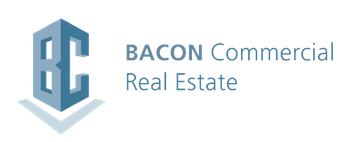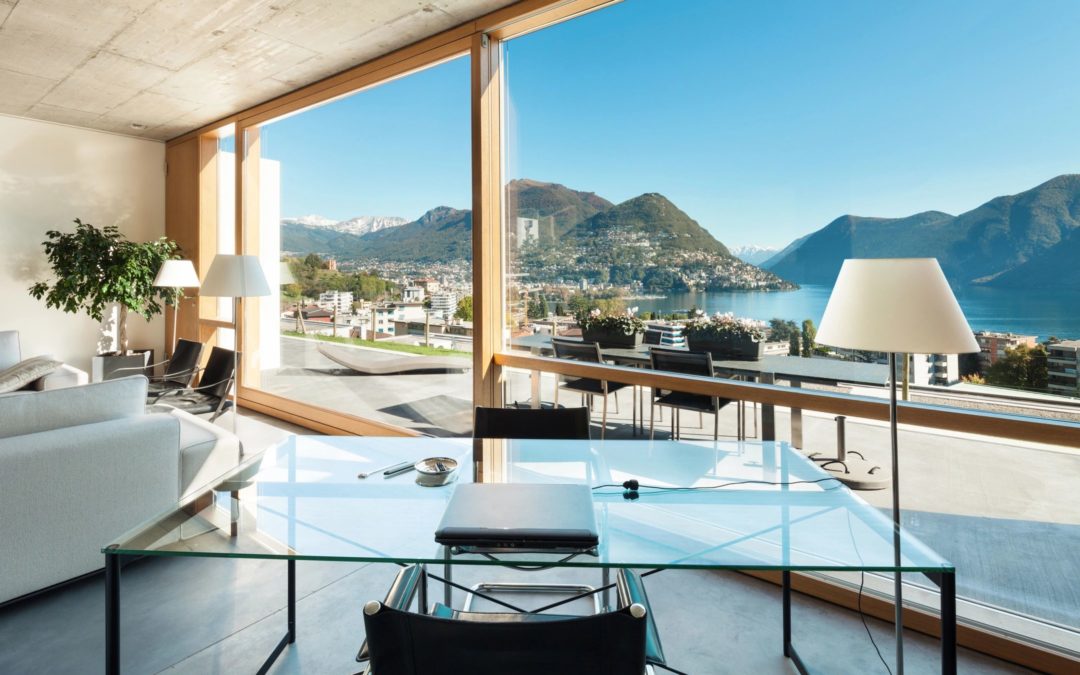Uptown Studios HQ, Broadway Corridor, Sacramento
“If you don’t know where you are, you don’t know who you are” – Wendell Berry
When negotiating a lease, you have to pay attention to the bottom line, but you cannot forget about your team. No longer is it just about price and how many cubes you can fit in a phone booth.
In the iconic Christmas movie, “The Grinch,” the slathering, big, green Grinch is bounding his sleigh to Whoville when he hears all the Who’s singing. This infuriates the Grinch, and he exasperates, “All the Noise! Noise! Noise!” While an open office environment may not work for the Grinch (or for all the Whos) it is great for many company functions, particularly where collaboration is needed. But many other functions, say engineering, design, coding, writing,research and stealing Christmas, an open environment may not the best solution. In an August 2012 article of Forbes, this topic was discussed and the opinions differed considerably.
- Dr Vinesh Oommen concluded, “In 90 per cent of the research, the outcome of working in an open-plan office was seen as negative, with open-plan offices causing high levels of stress, conflict, high blood pressure, and a high staff turnover.”
- Craig Knight suggests that traditional office environments may increase individual wellbeing by 32% and office productivity by 15% (The Secret Life of Buildings.)
- Professors Anne-Laure Fayard and John Weeks point out in their article, “Who Moved My Cube” (Harvard Business Review, July 2011), “Some studies show that employees in open-plan spaces, knowing that they may be overheard or interrupted, have shorter and more-superficial discussions than they otherwise would.”
Recently, Facebook looked at the office environment this way:
For Facebook’s new office design to actually foster the right kind of interactions, it must provide sufficient privacy so that their engineers can talk in private and work without interruptions. Fayard and Weeks suggest it comes down to: Proximity, Privacy and Permission.
- Proximity: Give people plenty of space between each other, but facilitate traffic patterns that result in “run-ins” at shared resources like restrooms, entrances/exits, snack rooms, elevators, etc.
- Privacy: Work stations need to be designed to offer visual and acoustic privacy; a cardinal rule is that workers should always be able to see if someone is approaching them.
- Permission: The corporate culture dictates what is “permissible”; workers need to know to what degree is informal socializing accepted or encouraged, and what is acceptable or not when it comes to interrupting someone who is working.
For now we’ll have to wait to see if Facebook engineers will “like” working in the “largest open floor plan in the world” or whether it will cut their productivity and job satisfaction.
Employee productivity is enhanced by thinking about the day to day routine of the employee. Can they walk to lunch? How about shopping? Parking, Transit, Banking? Anytime you can provide the employee the time and convenience to tend to personal matters like errands, the employee will be more effective in the office (as long as they deal with personal matters on their breaks and lunch hour.) Frankly, I believe many companies foster an empowering approach where as long as an employee is “getting it done” there are no defined breaks or lunch hours. Labor laws tend to get in the way, but there are ways to navigate around the law, while complying.
Employee Turnover is reduced significantly when putting employees well being first. If you have ever had to hire a new employee or deal with a disgruntled former employee you know how costly it can be. Spending a little extra to make the workplace special and a welcoming environment results in an excellent ROI. Inc. Magazine discusses this link.
“An individual is not too distinct from his place. He is his place” – Gabriel Marcel
If you have questions about your lease, I can help. If you need design advice, I can send you in the right direction. Please feel free to call me at (916) 761-1202 or email me at [email protected].

